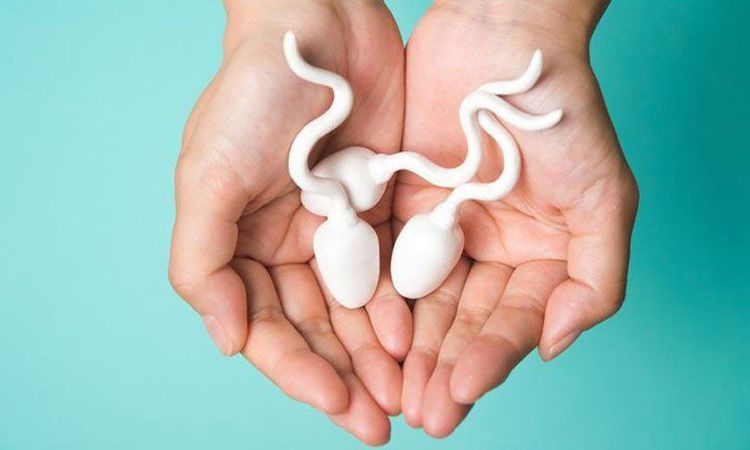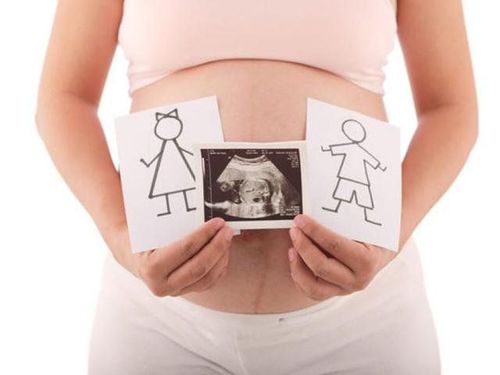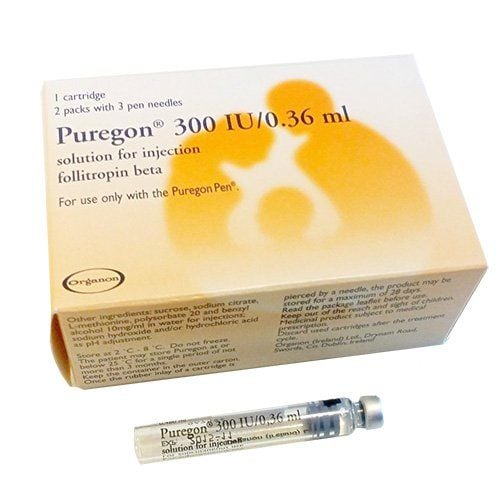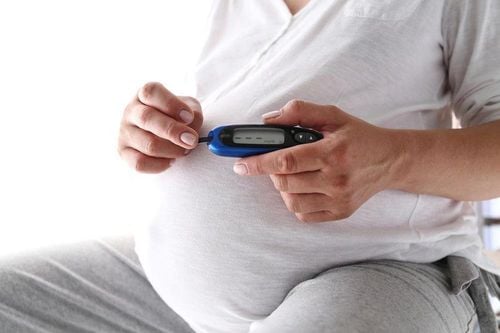This is an automatically translated article.
The article was professionally consulted by Specialist Doctor I Nguyen Thi Mai - Radiologist - Diagnostic Imaging Department - Vinmec Phu Quoc International General Hospital.With the development of modern technology, today parents can completely choose the sex of the fetus. This not only helps to balance the sexes between men and women, but also avoids having genetic disorders in the future.
1. Methods to help choose the sex of the fetus
Currently, there are two main methods commonly used in selecting the sex of the fetus, including: Natural methods (such as using specific positions during intercourse) and public methods. high technology (such as sperm sorting).Couples will have a 50/50 chance of conceiving a boy or girl through classical intercourse.
1.1 Natural method for sex selection The Shettles method is considered the most popular natural strategy for sex selection in the fetus. This method was developed three decades ago by Landrum B. Shettles. It involves determining a woman's cyclical timing of intercourse and assuming certain sex positions.
In the book "How to Choose the Sex of Your Baby," Shettles explained that male (Y) sperm are usually smaller and faster than hers. females (X), but they only last for a short time. Therefore, couples who want to have a boy should have sex closest to a woman's ovulation time to have a better chance. This way, the male sperm will quickly meet the egg earlier than the female sperm. When sperm is ejaculated as close to the opening of the cervix as possible. This can be achieved through back-to-back intercourse.
In contrast, parents who want a girl should have sex in a face-to-face position (man on top), and ideally around 2-4 days before ovulation.
1.2 High-tech method to help choose the baby's sex High-tech method can increase the success rate in choosing the baby's sex. Currently, the method involving the separation of male sperm from female sperm is considered the gold standard and is highly effective. One of them is the MicroSort technique of separating sperm.
Sperm sorting is probably the most viable method available, but it is even more effective when used in conjunction with in vitro fertilization.

According to a report from a newsletter released in October 2002 from the Institute of Genetics and IVF, MicroSort technique has a success rate of up to 91% in couples who want to have a girl, and the rate rate of 73% for those who want to have a boy.
However, MicroSort is not the only high-tech method for selecting the sex of a fetus. Some other strategies include preimplantation genetic diagnosis (PGD) and chorionic villus sampling (CVS).
For sex determination, the PGD will perform an examination of an embryo taken from the uterus and then only replace embryos of the desired sex. In the CVS method, fetal chromosomes are analyzed during early pregnancy to determine the sex of the fetus.

For detailed information, please contact the hospitals and clinics of Vinmec health system nationwide.
Please dial HOTLINE for more information or register for an appointment HERE. Download MyVinmec app to make appointments faster and to manage your bookings easily.
Reference sources: webmd.com, parents.com, babycenter.com













